7 common Sudoku mistakes
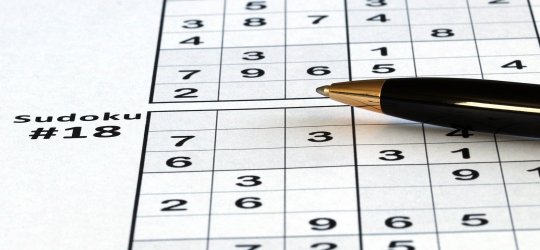
It might seem strange that such a thing as common Sudoku mistakes can exist, and yet they do. Despite their clear and straightforward rules, these puzzles have their own pitfalls to always ensure a good challenge. Experienced players get to know all the tricks by heart, but beginners might stumble on these tricks and traps and quickly become frustrated.
These are the 7 most common Sudoku mistakes every new player should pay attention to.
1. Trying to guess
It is very tempting to place a number when there is a strong belief it will be the solution, even if the player cannot find a logical reason behind it. If the digit in question unlocks several possibilities immediately, the temptation is even bigger. And in reality, players can be lucky and achieve their goal faster.
However, a wrong guess can make a puzzle impossible to solve. More often than not, this mistake only becomes apparent right at the end of the game, when the player finally finds an impossibility or a repeated number. All the effort and time spent will then be in vain.
Sudoku is a game of logic and never requires guessing to achieve its completion.
2. Avoiding empty groups
A Sudoku puzzle can start with groups without any allocated numbers in them. In this type of pattern, clues are normally clustered, which can lead the player to believe it will be easier to tackle the partially filled groups first. This is yet again one of the most common Sudoku mistakes made by beginners. Sudoku is just playing tricks with the mind.
The task of filling an empty group can look daunting, but the player just needs to stop to think for a moment: if the clues are clustered around the empty group, it means it will be easier and more productive to cross the information between the rows and columns connected to it.
Example
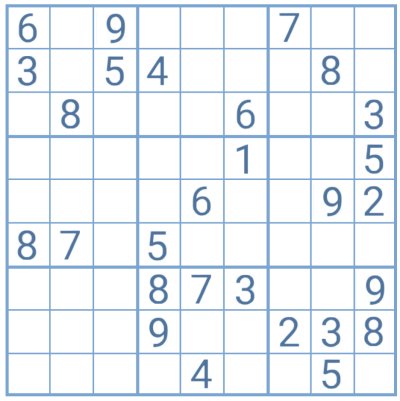
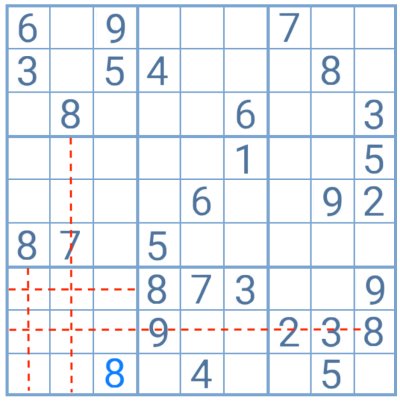
This grid is a great example to show how tackling the empty groups can be the most productive way to proceed.
The solution for number 8 is a given one in this group. By placing it, the player immediately unlocks the solution for number 3, which in turn reveals the placement for number 9.
Three moves became three solutions, without having to use notes or logical thinking. All the player had to do was follow the basic rule of Sudoku that determines there cannot be repeated numbers in one column or row.
3. Forgetting the bigger picture
Focusing on each group at a time and filling in the candidates for each cell in it is a great strategy and helps the player follow an organized logical sequence of moves. However, when doing so, one should never lose sight of the overall grid and the way all the information is interconnected within it.
Forgetting to use the counting strategy is the most common mistake in these cases. Sometimes, even if a digit is a candidate for several cells within a group, something as simple as counting the numbers missing in a row or column can lead to a solution.
Example
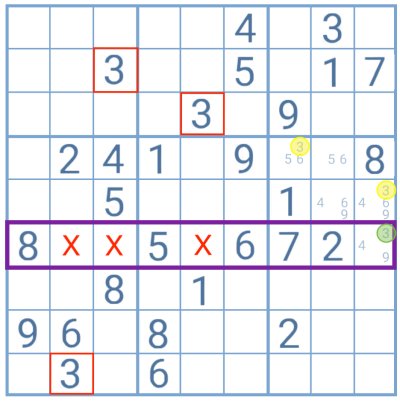
In this example, the player noted down all the candidates in the middle-right group. At first sight, it looks impossible to find the solution for the missing digits at this stage.
However, by applying the counting strategy the player finds one row where the number 3 is missing and the only possible solution for that digit is within the group just analyzed.
If the player focused solely on groups, number 3 would be left with three possible solutions within the middle-right group, but by looking at the bigger picture, the solution for that digit was given from the start.
4. Forgetting to analyze single rows and columns
This mistake stems from the previous one and it becomes more meaningful the more advanced the Sudoku level.
Particularly when there are still many unknowns and the table is filled with notes, analyzing each row and column might not lead to an immediate solution but it can be of great help to eliminate candidates.
In these cases, the player should look for a digit that is a candidate for cells confined to one group. Since the solution will certainly be found within those cells, the digit cannot be a candidate for any other cell in that group that does not line up with the row or column analyzed.
Example
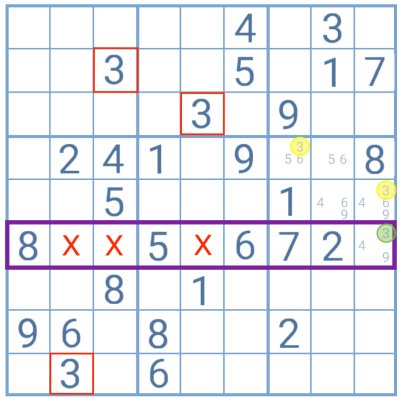
In the highlighted column, number 5 is a candidate in only two cells. Since these are confined to the same group and the solution for this digit, within this column, will forcibly be found between those two cells, number 5 can be eliminated as a candidate for other cells in that group (highlighted in red).
Note that, in this case, by eliminating the number 5 as a candidate for other positions in that group, the player unlocked one solution. In the column immediately to the left of the highlighted one, 5 was left as a candidate for one single position.
5. Missing hidden pairs
Missing hidden pairs is one of the most common Sudoku mistakes made not only by beginners but by experienced players too.
In short, hidden pairs occur when a pair of digits has only two possible solutions within a group, but they are accompanied by other candidates, which makes them hard to spot. The immediate benefit of finding these is that the player can eliminate the remaining candidates from those cells and leave only the pair. By doing so, they might find one of the removed candidates will now have only one possible solution, for instance.
Additionally, if the hidden pair is lined up in a column or row, it will also allow the player to eliminate those two digits from being candidates in any other cell within it, outside their group.
Example
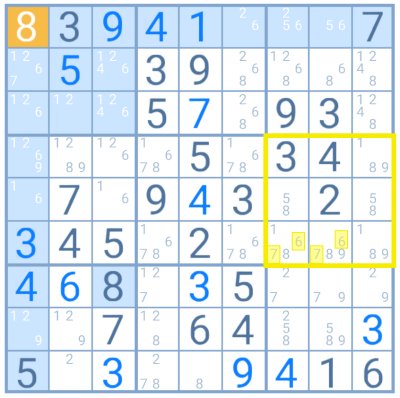
In the highlighted group, numbers 7 and 6 are paired up and each has only two possible solutions. Thus, the player has found a hidden pair. The next step will be to eliminate the candidates 1/8 and 8/9 that share the cells with the pairs.
In this example, the hidden pair is lined up in a row which means the digits 7 and 6 are not possible as candidates in any other cell within it.
6. Avoiding using notes
Easy Sudoku levels can be solved without using the notes feature. Simple logic and a fair degree of concentration are enough to complete the grid. Perhaps this explains why there is a misconception among beginners that notes are not needed, and they have a certain feeling of cheating.
As far as common Sudokus mistakes go, this is probably one of the most widespread.
Among the benefits of playing Sudoku often are improved logical thinking and better memory, which in turn can make notes seem less valuable with time. Although this might be true for easy and intermediate levels, it is not the case for the more advanced ones. Hard Sudoku puzzles can prove to be impossible to solve without the visual aid provided by notes, due to the increased number of candidates per cell.
It is not about cheating. It is about providing the opportunity for the brain to analyze several options and paths all at once and stimulating its cognitive development.
7. Forgetting to update notes
While on the subject of notes, many common Sudoku mistakes stem from simply forgetting to update them.
This forgetfulness is not so much the result of a lack of concentration, but rather due to the excitement of enjoying the momentum.
When the placement of a digit immediately unlocks the solution to another, the player tends to jump on the wagon and proceed with completing the grid without cleaning their notes first. In the end, they might find themselves stuck once again and unable to see basic naked singles or naked pairs through the sea of candidates that should have been erased.
What to do if you make a mistake in a Sudoku puzzle?
Even when a player follows all the rules and tries to avoid the most common Sudoku mistakes, they might suddenly find themselves with an impossible solution or a repeated number within a group, row, or column. Lack of concentration is usually the reason for the mistake in these cases.
Unfortunately, there is no easy solution to fix the problem. If spotted early, by retracing the immediately previous steps, the player might find the mistake and continue solving the puzzle from that point.
However, if the problem does not become apparent by reviewing up to two or three previous moves, the chain of mistakes has by then become too complex. The best way to proceed is to simply start from scratch.












